5 Ways Instructional Designers Can Keep Everyone Happy
PulseLearning
OCTOBER 19, 2022
I’m sure we’ve all been there. We have been asked to create some training. We’re on a deadline. The parties involved all seem to want or need different things. Some of those asks might contradict one another or even be in direct conflict. Is there a way that we can make sure all parties are satisfied? Is it appropriate to meet everyone’s demands, or can the learning output suffer as a result of “people pleasing”?



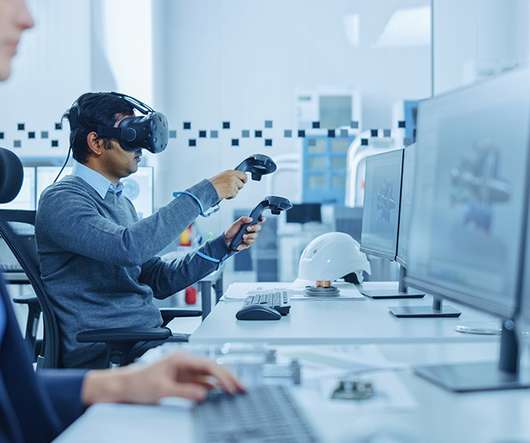
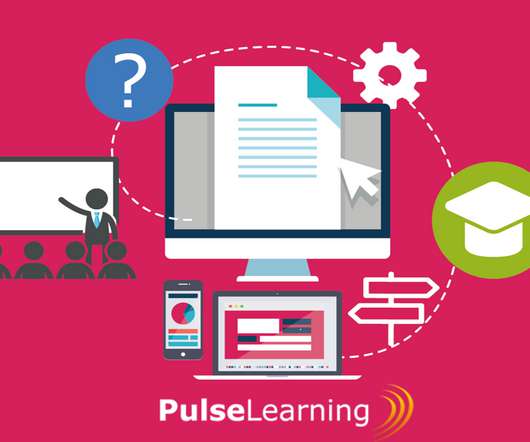
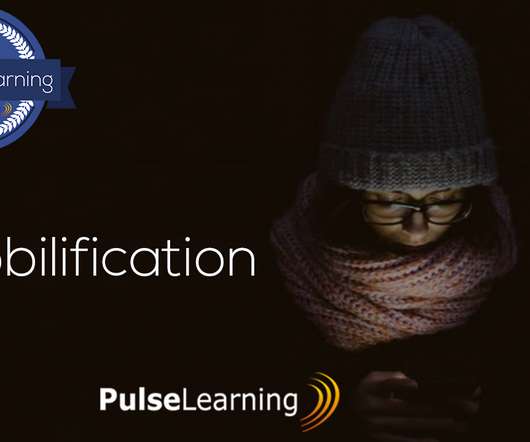

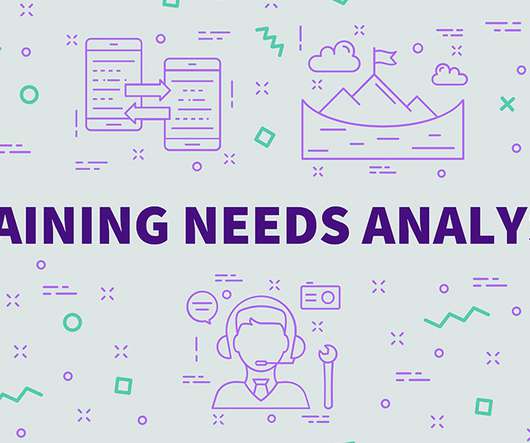






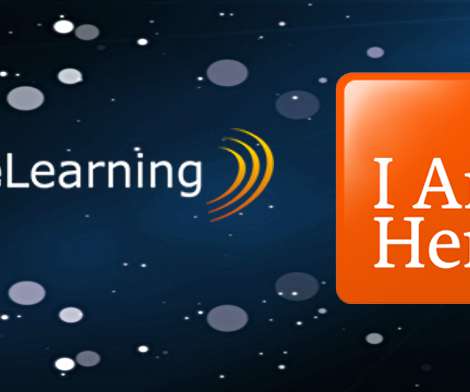































Let's personalize your content